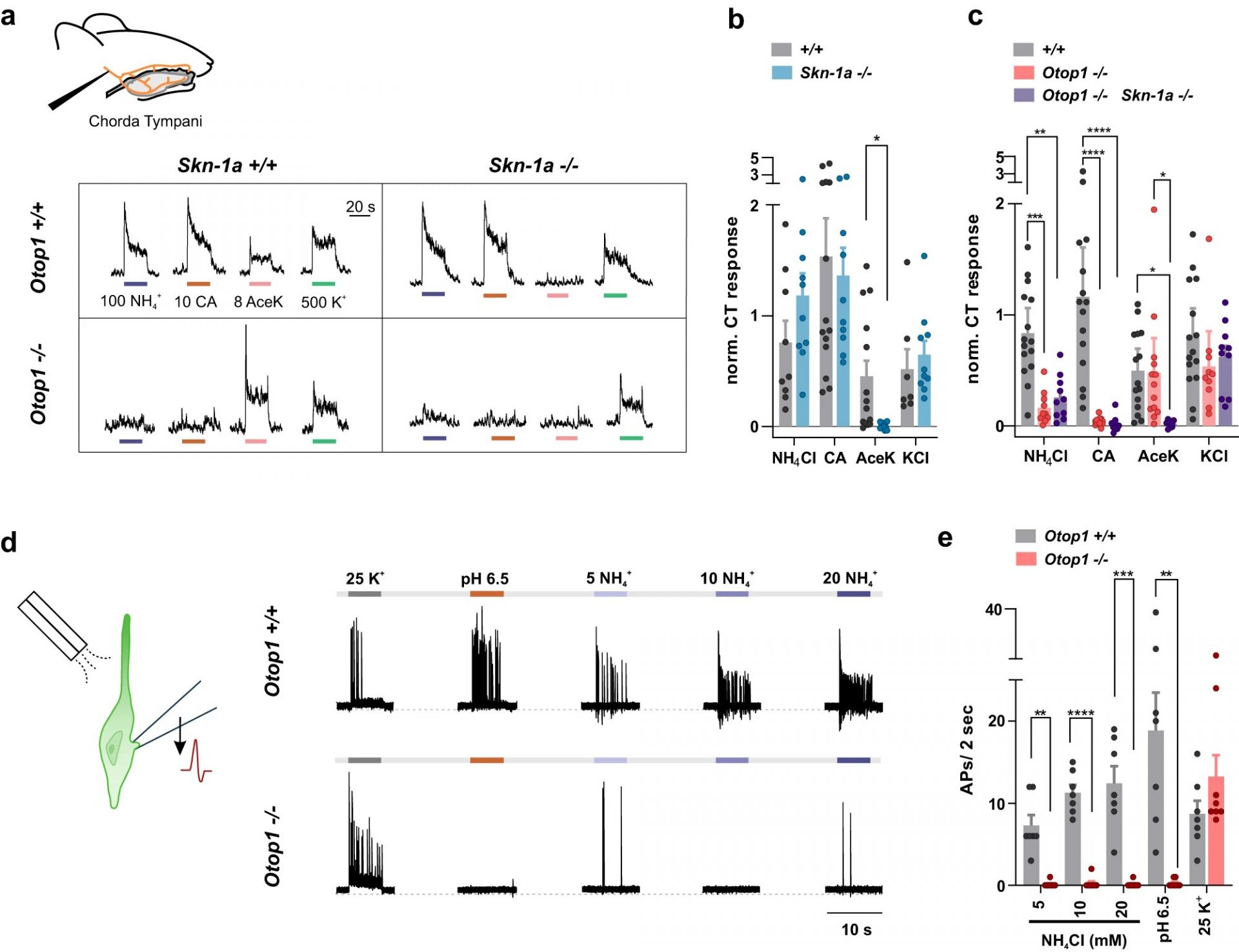In the early 1900s, Japanese scientist Kikunae Ikeda proposed the existence of umami as a basic taste, alongside sweet, sour, salty, and bitter. It took nearly eight decades for the scientific community to officially agree with him. But now, researchers at the USC Dornsife College of Letters, Arts and Sciences have discovered evidence of a sixth basic taste.
Neuroscientist Emily Liman and her team found that the tongue responds to ammonium chloride through the same protein receptor that signals sour taste. “If you live in a Scandinavian country, you will be familiar with and may like this taste,” says Liman. In fact, salt licorice, a popular candy in some northern European countries, contains ammonium chloride. Scientists have long recognized the tongue’s strong response to ammonium chloride, but the specific receptors that react to it remained elusive.
Liman and her team recently uncovered the protein responsible for detecting sour taste, called OTOP1. They discovered that this protein forms a channel for hydrogen ions, which are the key component of acids. When acids enter the taste receptor cells through the OTOP1 channel, the tongue senses them as sour. Since ammonium chloride can affect the concentration of acid within a cell, the team wondered if it could trigger OTOP1.
To test their hypothesis, they introduced the Otop1 gene into lab-grown human cells and exposed them to acid or ammonium chloride. They found that ammonium chloride is a strong activator of the OTOP1 channel, even more so than acids. This confirmed that OTOP1 responds to the salt, generating an electrical signal in taste bud cells.
Further experiments using mice showed that those with a functional OTOP1 protein found the taste of ammonium chloride unappealing and did not drink the solution, while mice lacking the protein did not mind the taste, even at high concentrations. This behavioral response suggests that the OTOP1 channel is essential for detecting and avoiding ammonium.
The researchers also discovered that the OTOP1 channel in different species varies in sensitivity to ammonium chloride. Liman speculates that this variation may be due to differences in ecological niches and the need to avoid harmful substances containing high concentrations of ammonium.
Although this research is still in its early stages, the team has identified a specific amino acid in the OTOP1 channel that is necessary for it to respond to ammonium. This amino acid is conserved across different species, indicating its importance in the animals’ survival.
In the future, the researchers plan to investigate whether sensitivity to ammonium is conserved among other members of the OTOP proton family, which are expressed in other parts of the body. And who knows? Perhaps ammonium chloride will be officially recognized as the sixth basic taste, joining the ranks of sweet, sour, salty, bitter, and umami.








